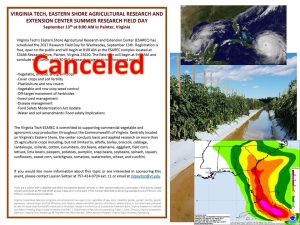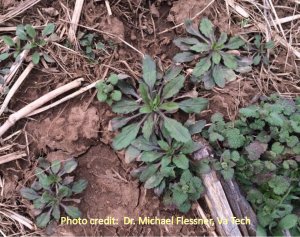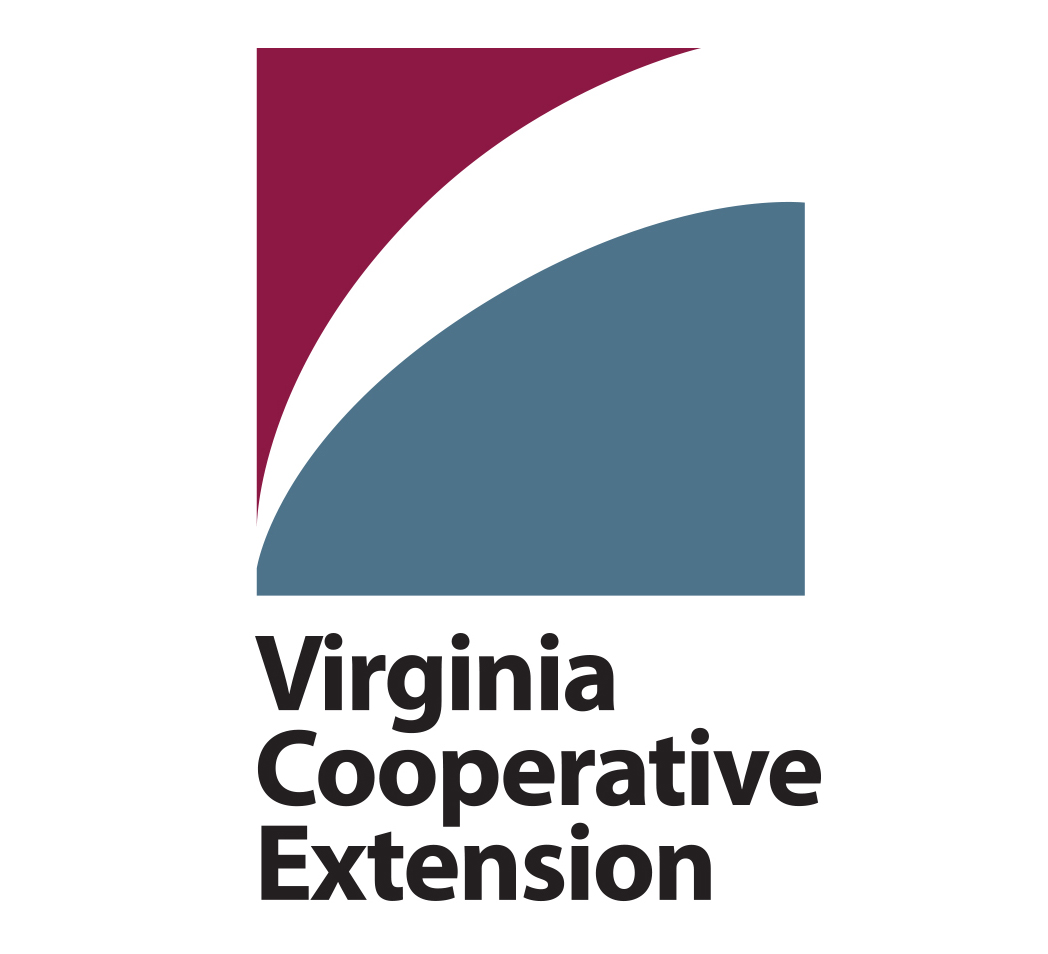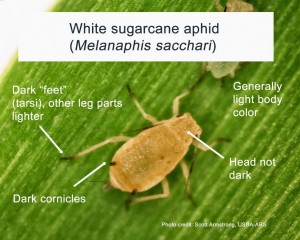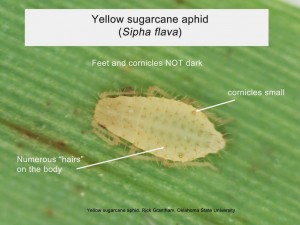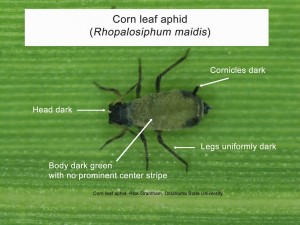The federal labels for XtendiMax® herbicide with VaporGrip® Technology (Monsanto), Dow DuPont ® FeXapan® herbicide Plus VaporGrip® Technology, and Engenia® Herbicide (BASF) now require additional training beyond a Pesticide Applicator’s License prior to use of these products “over the top” of dicamba-tolerant soybean or cotton. Training for 2018 will be provided by the registrants of the products (BASF, Monsanto, and Dow DuPont).
Agents/dealers interested in scheduling a training in their area or having a company representative deliver the training at an already scheduled meeting should contact the following company representatives:
|
Company |
Area |
Name |
|
Phone |
|
BASF |
Eastern Shore |
Gar Thomas |
NA |
|
|
BASF |
Rest of Virginia |
Kelly Liberator |
NA |
|
|
Monsanto |
Virginia |
Jeff Phillips |
||
|
Monsanto |
Southeast Virginia |
Ken Lampkin |
If you schedule a training with either BASF, Dow DuPont, or Monsanto, I would encourage you to make the other companies aware of the training planned in your area. That way, the companies can better coordinate their efforts to reach as many applicators as possible. Also, training by any of the three registrants will cover all dicamba products labeled for in-crop use to dicamba-tolerant soybean or cotton (applicators do not need to take training from the registrant of the specific dicamba product they intend to use).
In lieu of the face-to-face trainings, the companies also plan to have a web-based training that will satisfy applicator training requirements. Michael and I feel the face-to-face training will better prepare the applicators for the off-target challenges of dicamba. Web-based training can be used as a last resort if a grower is unable to attend face-to-face training. The following websites offer more information on web-based training:
https://www.roundupreadyxtend.com/Pages/default.aspx
There are a few trainings scheduled for the area. See the link below for an announcement from Monsanto for two training sessions in Suffolk, VA on Wednesday January 31st. BASF will be training applicators at the Virginia Grains & Soybean Conference (http://www.virginiagrains.com/annualconference/). The BASF training for this meeting is schedule for Wednesday February 21st at 12:00pm. I anticipate both companies to have other training; Michael and I will keep you updated as we receive word. Please help spread the word on these trainings, as many growers still do not know that training is required. Also,I would encourage you and your applicators to pre-register for the events so folks can plan accordingly.
With that said, feel free to reach out to Michael or me if you have any questions or concerns.

